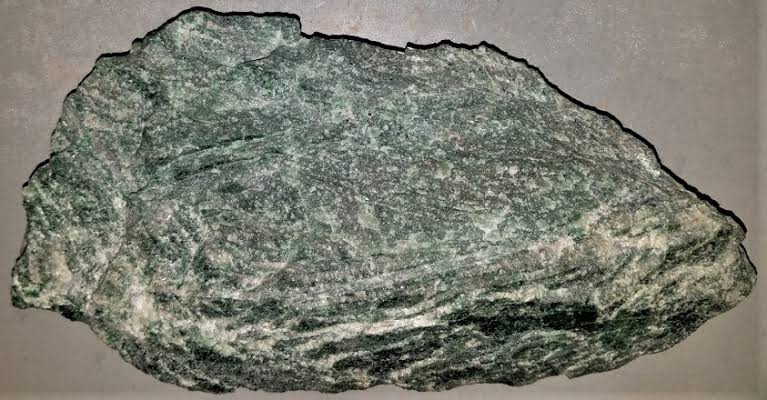Module 2.2: Rocks (Igneous)
1/52
There's no tags or description
Looks like no tags are added yet.
Name | Mastery | Learn | Test | Matching | Spaced |
|---|
No study sessions yet.
53 Terms
Rock
A naturally-occurring aggregate of one or more minerals, rock fragments, glass, or organic matter
Igneous rocks
Formed by cooling and crystallization of molten material called magma
Magma
A mobile, molten rock beneath the Earth’s surface that originates from the partial melting of the oceanic crust and/or the upper mantle
Silicate (sometimes carbonate or sulfide) and ions of K, Na, Fe, Ca, Mg, & Al
These are the liquid components of magma.
Minerals and rock fragments
These are the solid components of magma.
Water (H2O), carbon dioxide (CO2), and sulfur dioxide (SO2)
These are the dissolved gases found in magma.
600-1200 °C
Temperature range for magma
Viscosity
It is the property of a liquid to resist flow.
Lower viscosity
Effect of higher temperature on viscosity
Higher viscosity
Effect of high silica/silicon dioxide content on viscosity
Lower viscosity
Effect of high dissolved water on viscosity
Felscic/silicic/acidic (>63% SiO2)
Type of magma formed from continental crust
Characterized by lowest temperature and density, but highest silica content (also identify percent) and viscosity
Intermediate (52-63% SiO2)
Type of magma formed from continental crust
Characterized by low temperature and density, but high silica content (also identify percent) and viscosity
Mafic/basic (45-52% SiO2)
Type of magma formed from oceanic crust
Characterized by high temperature and density, but low silica content (also identify percent) and viscosity
Ultramafic/ultrabasic (<45% SiO2)
Type of magma formed from the upper mantle
Characterized by highest temperature and density, but lowest silica content (also identify percent) and viscosity
Extrusive/volcanic
Type of igneous rocks solidifed at the surface forming finer crystals
Intrusive/plutonic
Type of igneous rocks formed at depth in chambers forming large crystals
Euhedral
Mineral grains are bounded by its crystal faces on all sides
Subhedral
Mineral grains are partly bounded by its crystal faces
Anhedral
Mineral grains are not bounded by its crystal faces
Aphanitic
Texture of igneous rocks with very fine-grained (<2mm in diameter) as a result of rapid cooling at the surface
Have minerals too small to be seen by the naked eye
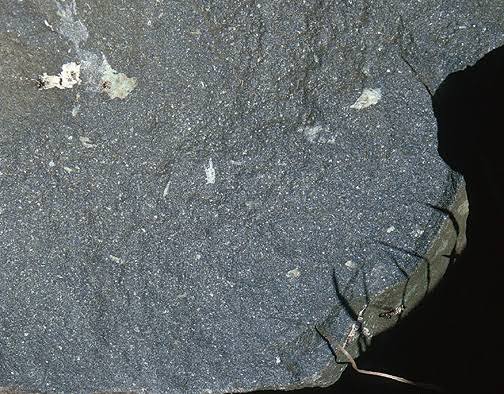
Phaneritic
Texture of igneous rocks with coarse-grained (>5mm) mineral sizes due to magma cooling at depth
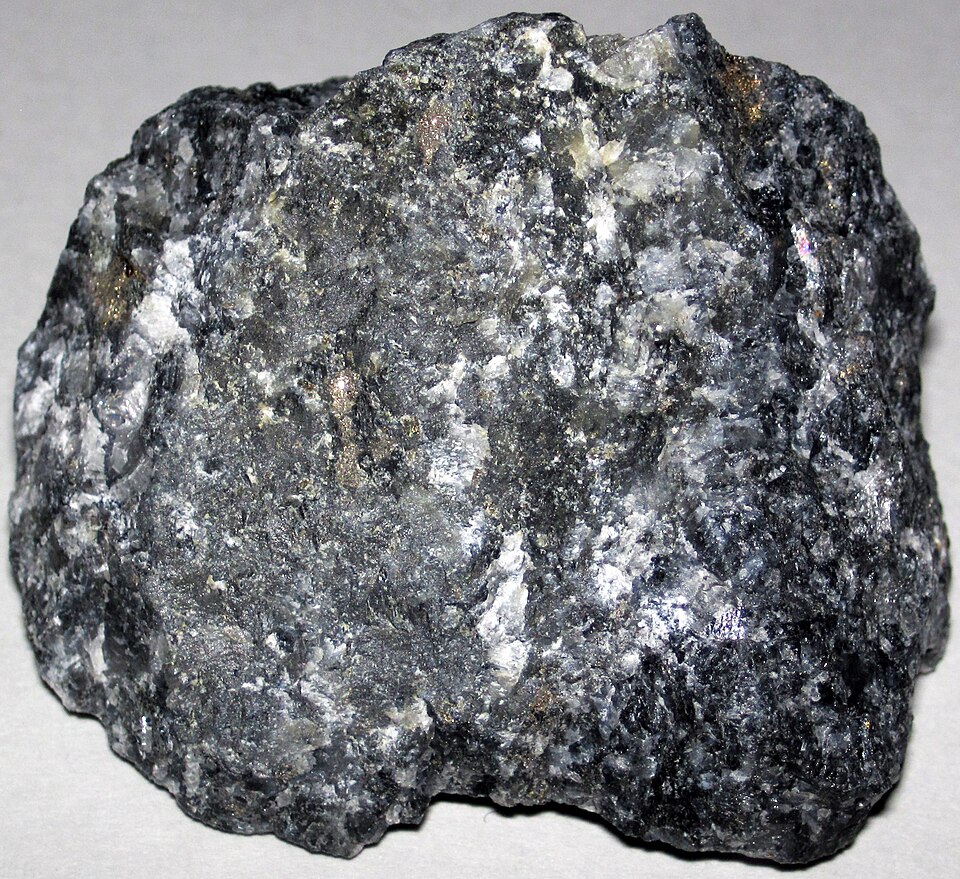
Porphyritic
Texture of igneous rocks with very large crystals embedded in smaller crystals
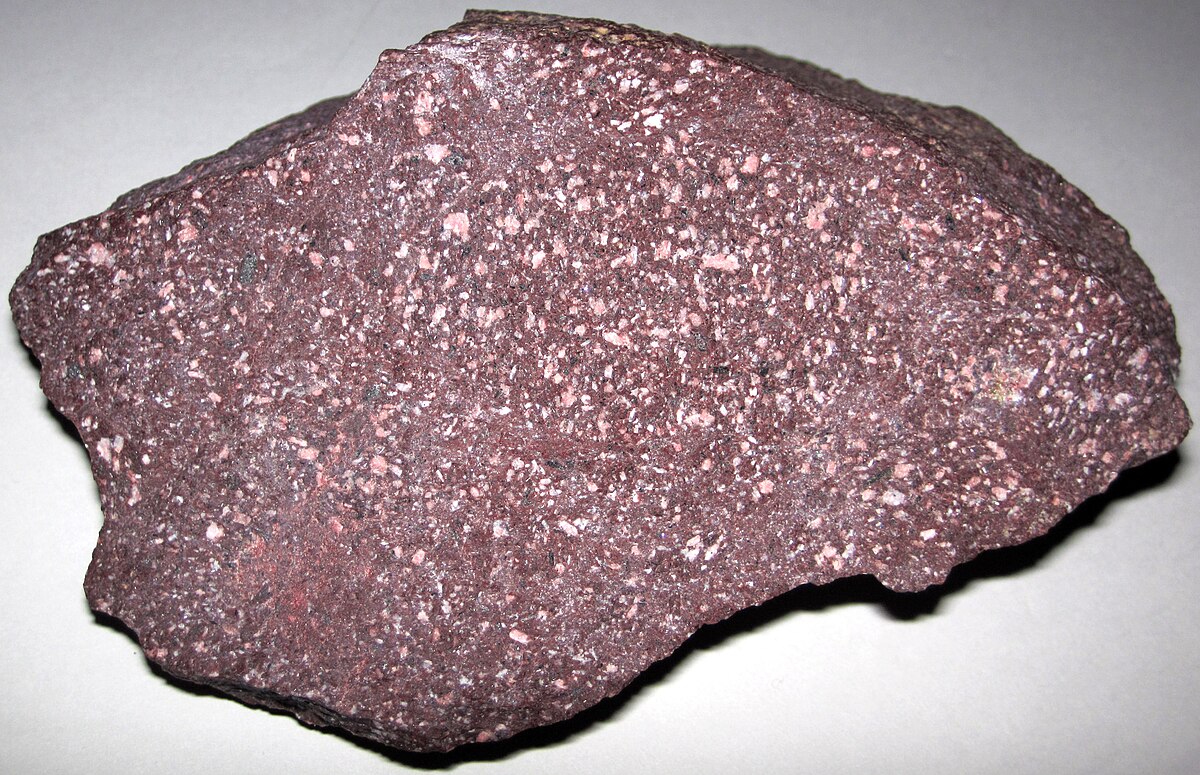
Phenocrysts
Very large crystals embedded in smaller crystals formed in porphyritic igneous rocks
Groundmass
Smaller crystals formed in porphyritic igneous rocks
Vesicular
Texture of igneous rocks containing tiny holes called vesicles formed due to gas bubbles in the lava or magma
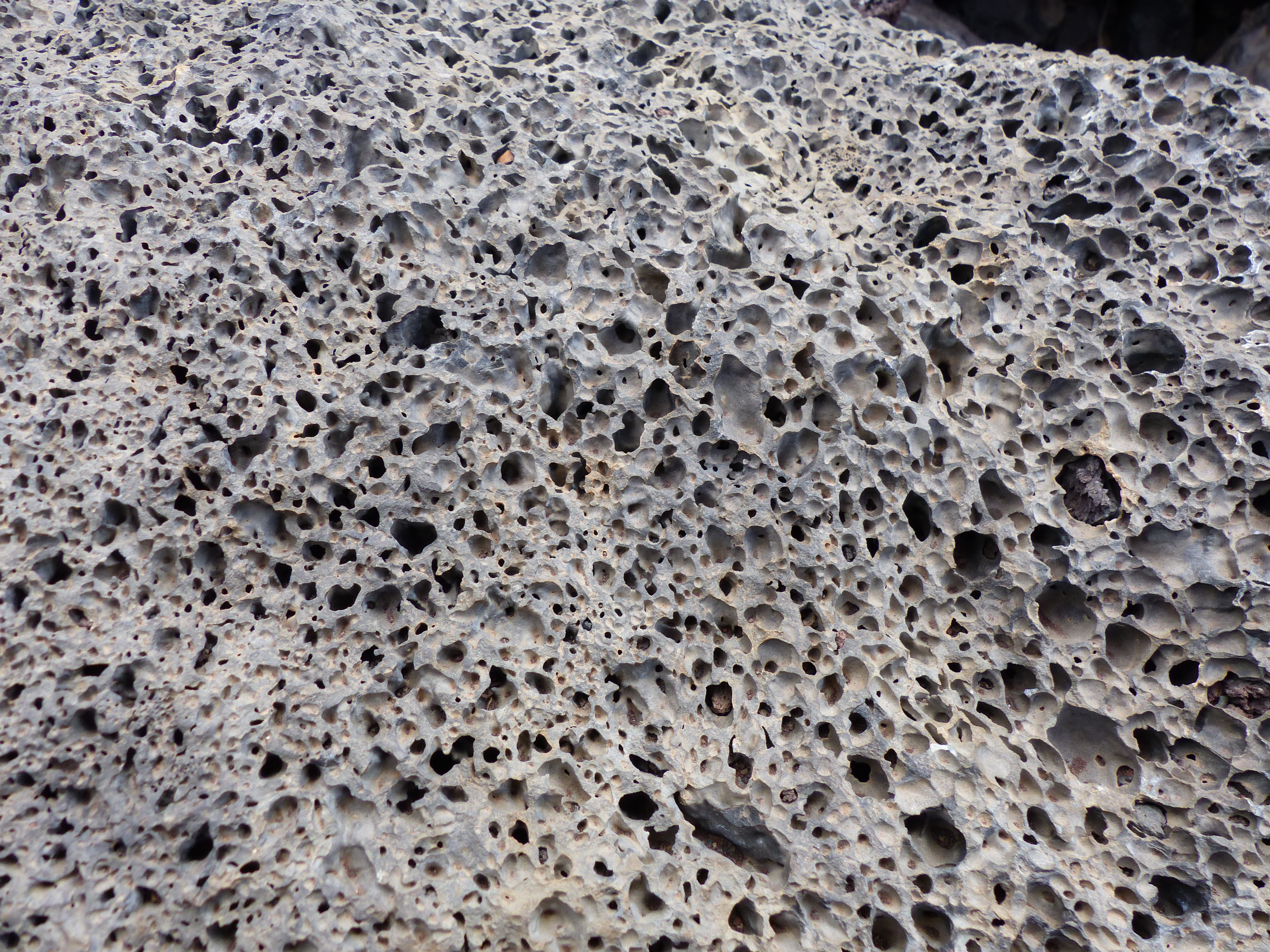
Glassy
Texture of igneous rocks with no mineral grains due to molten rock being quenched quickly as it was ejected into the atmosphere
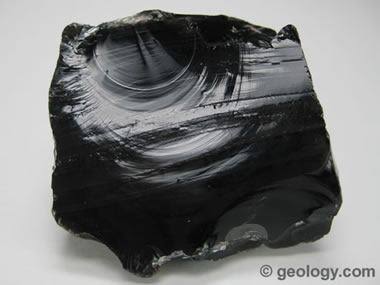
Pyroclastic
Texture of igneous rocks made of rock fragments rather than crystals due to volcanic materials being extruded violently
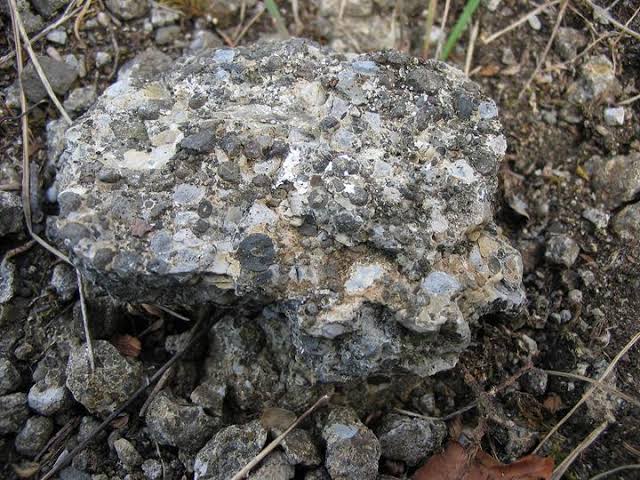
Equigranular
Texture of igneous rocks with minerals that are uniform in size
Bowen’s Reaction Series
Describes the sequence in which minerals crystallize from cooling magma
Granite (phaneritic, felsic)
Identify the igneous rock, its texture, and composition
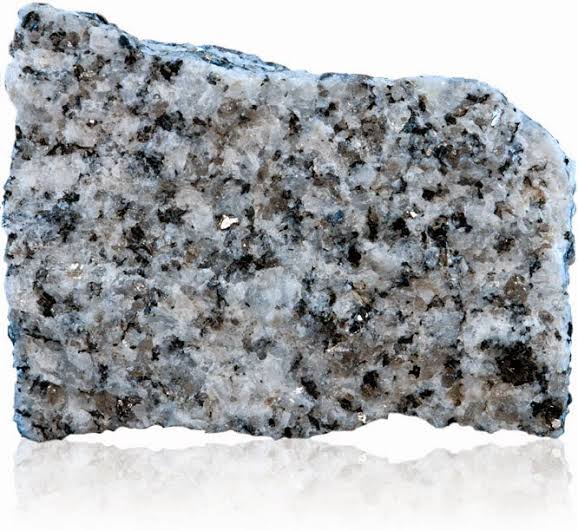
Granite (phaneritic, felsic)
Identify the igneous rock, its texture, and composition
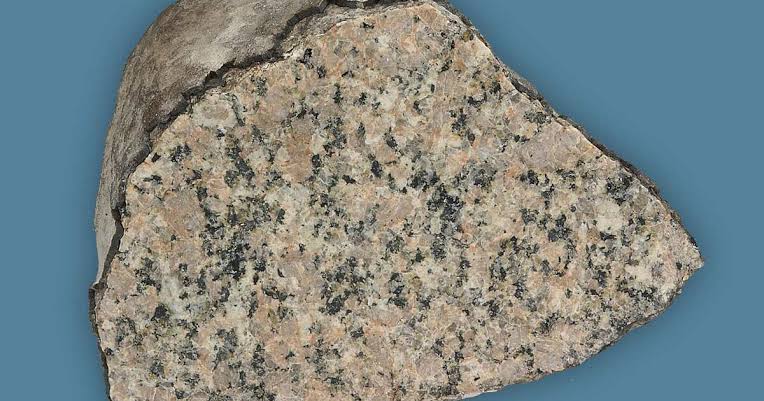
Diorite (phaneritic, intermediate)
Identify the igneous rock, its texture, and composition
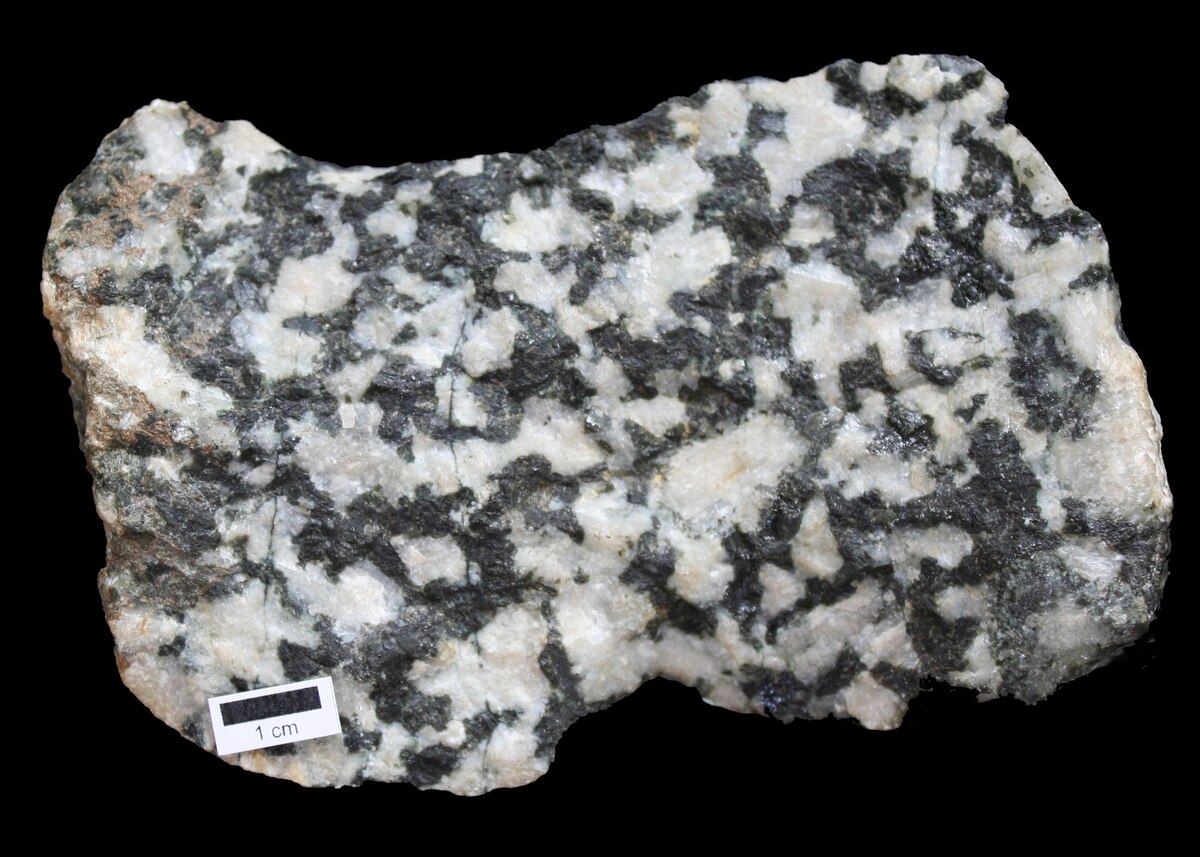
Diorite (phaneritic, intermediate)
Identify the igneous rock, its texture, and composition
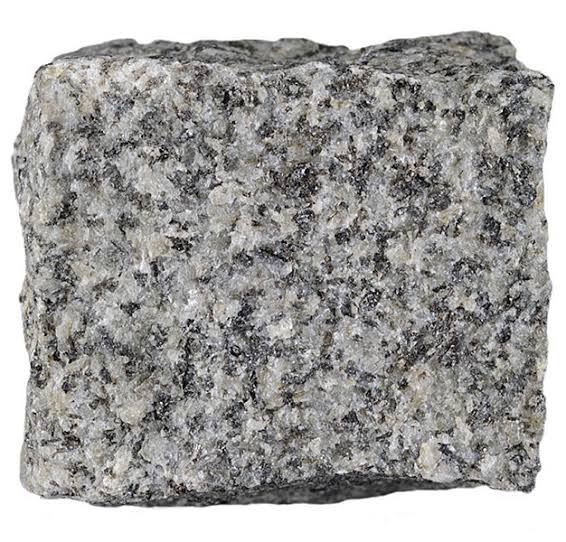
Gabbro (phaneritic, mafic)
Identify the igneous rock, its texture, and composition
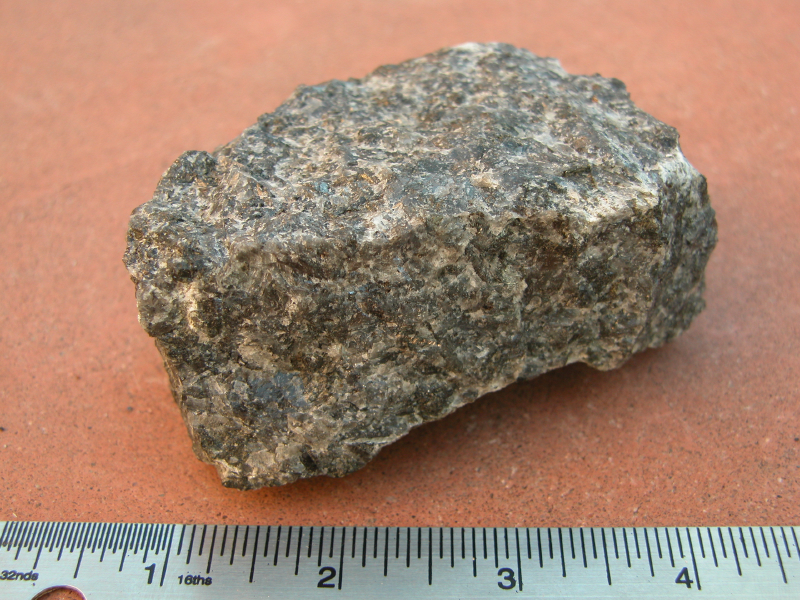
Gabbro (phaneritic, mafic)
Identify the igneous rock, its texture, and composition
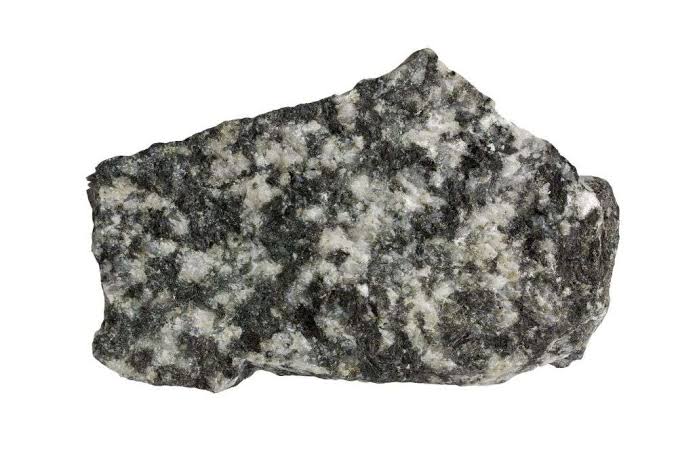
Rhyolite (aphanitic, felsic)
Identify the igneous rock, its texture, and composition
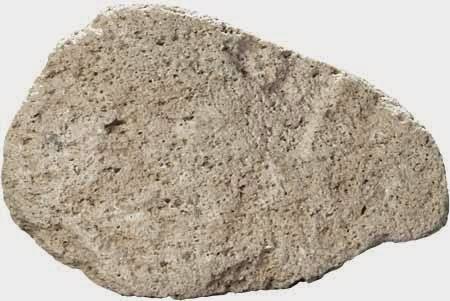
Rhyolite (aphanitic, felsic)
Identify the igneous rock, its texture, and composition
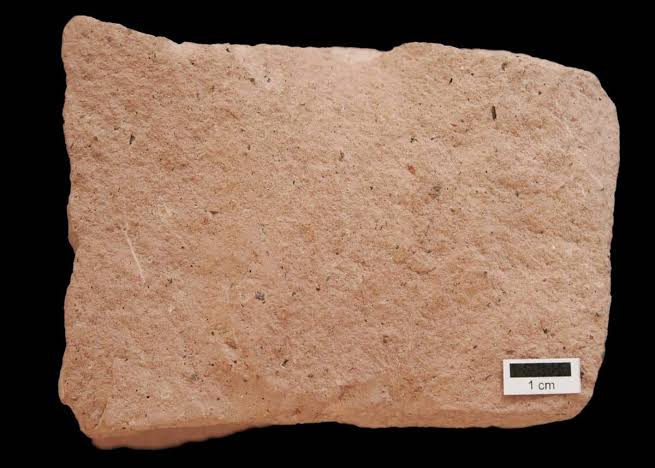
Andesite (aphanitic, intermediate)
Identify the igneous rock, its texture, and composition
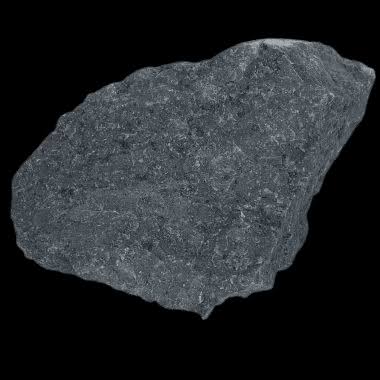
Andesite (aphanitic, intermediate)
Identify the igneous rock, its texture, and composition
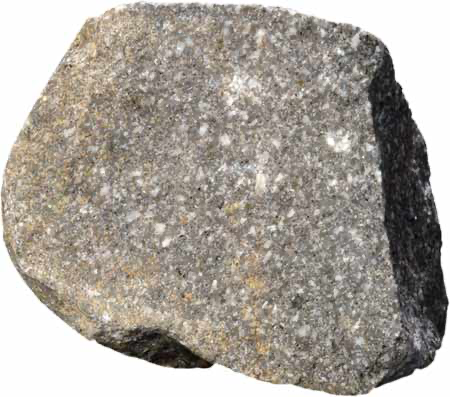
Basalt (aphanitic, mafic)
Identify the igneous rock, its texture, and composition
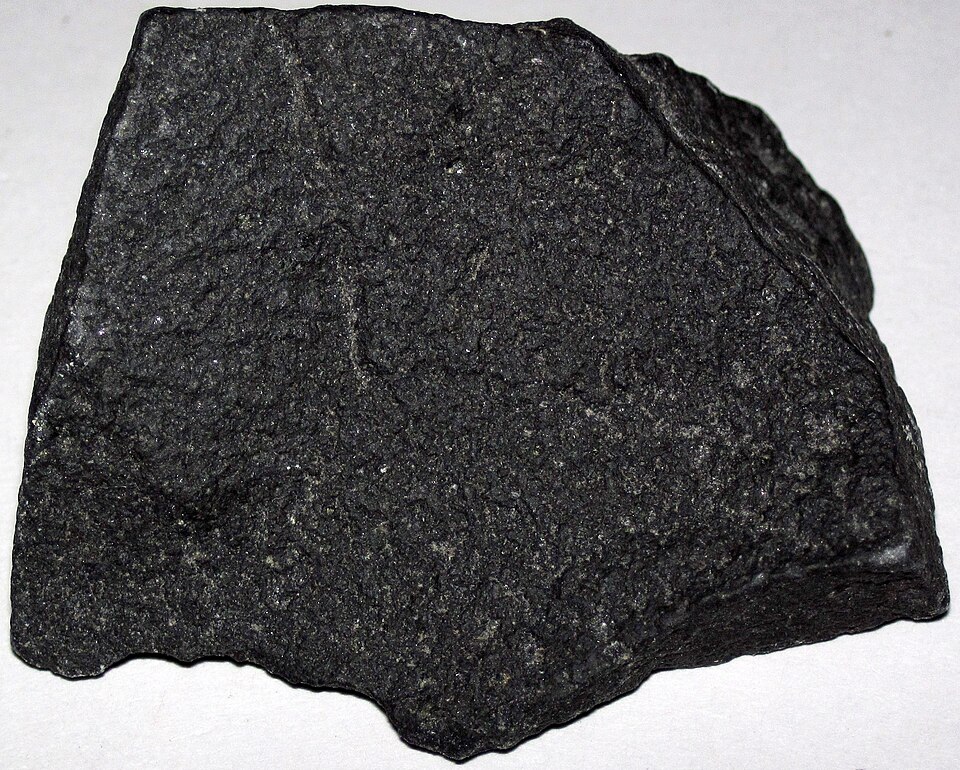
Basalt (aphanitic, mafic)
Identify the igneous rock, its texture, and composition
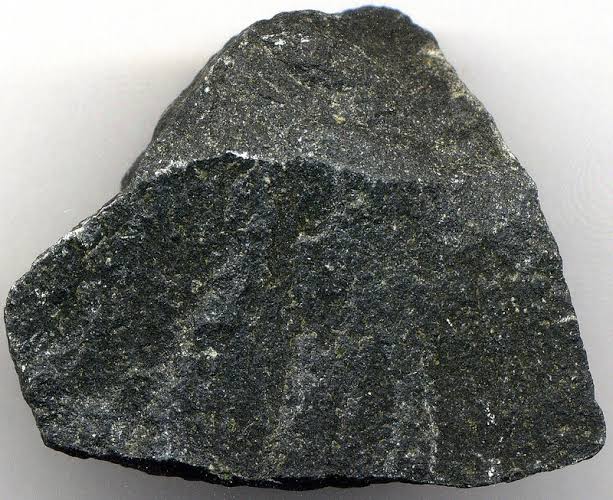
Rhyolite (porphyritic, felsic)
Identify the igneous rock, its texture, and composition
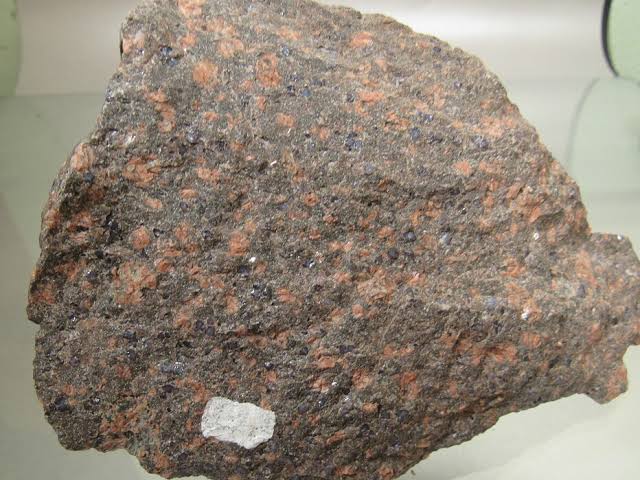
Andesite (porphyritic, intermediate)
Identify the igneous rock, its texture, and composition
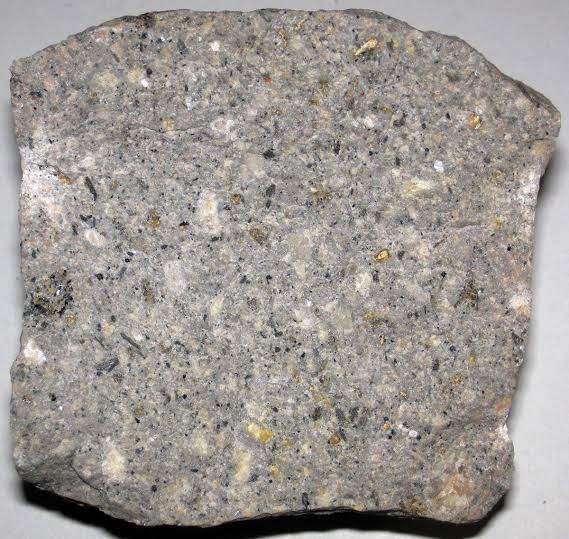
Basalt (porphyritic, mafic)
Identify the igneous rock, its texture, and composition
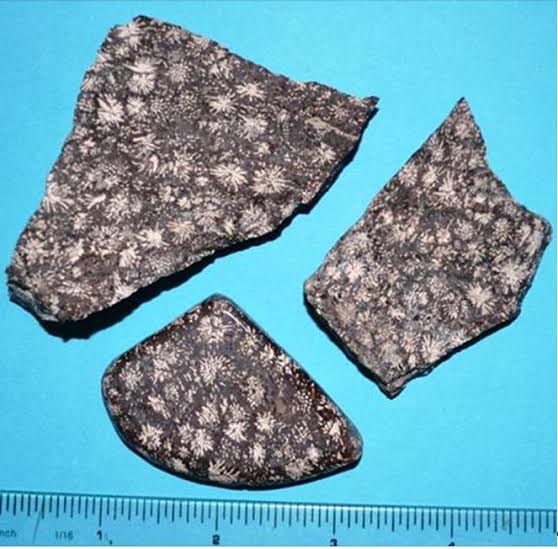
Pumice
Identify the igneous rock
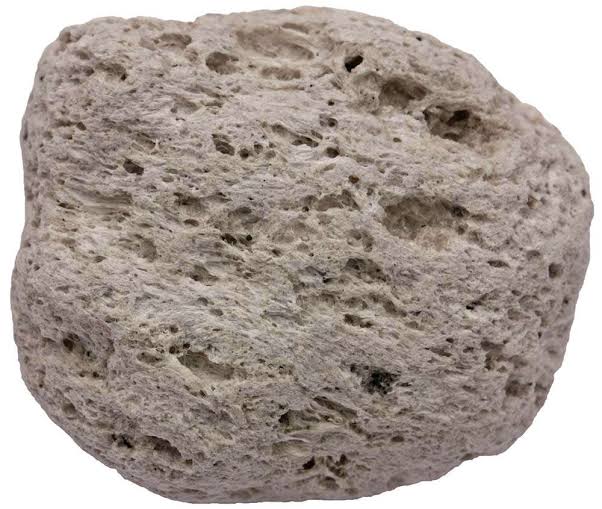
Scoria
Identify the igneous rock
Vesicular basalt
Identify the igneous rock
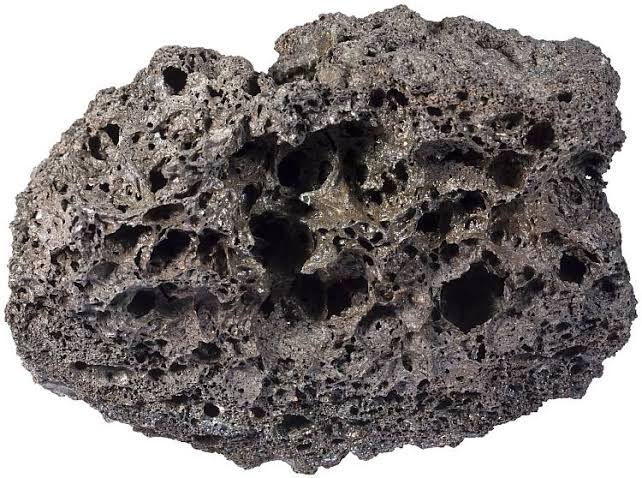
Tuff
Identify the igneous rock
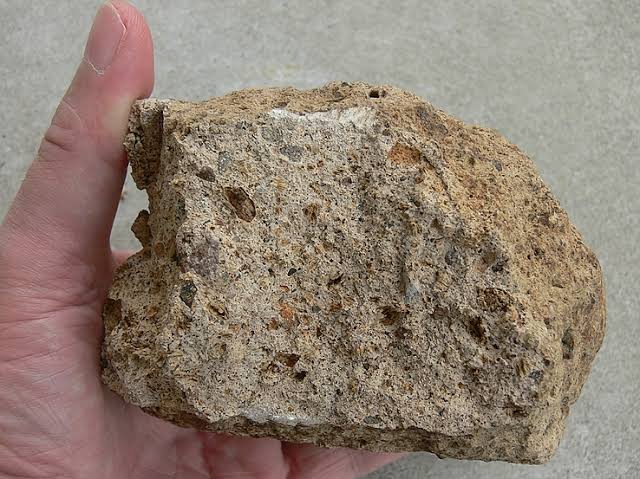
Obsidian
Identify the igneous rock
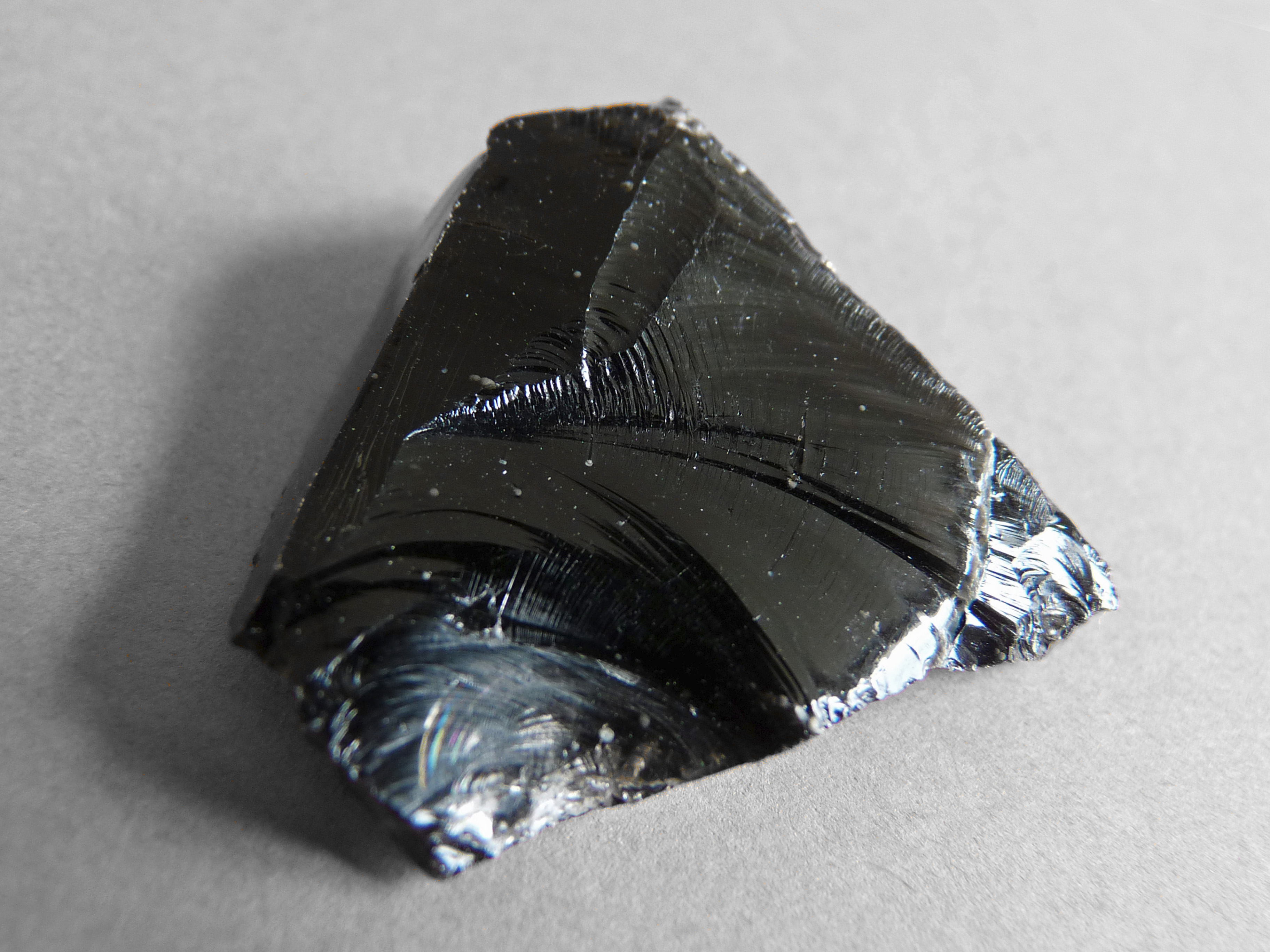
Ignimbrite
Identify the igneous rock
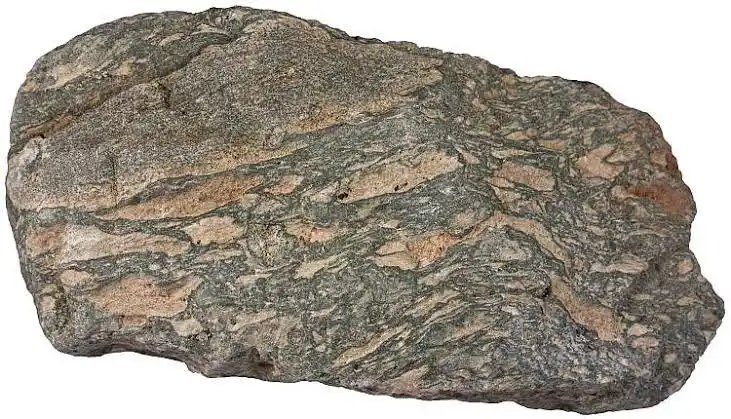
Peridotite (phaneritic, ultramafic)
Identify the igneous rock, its texture, and composition
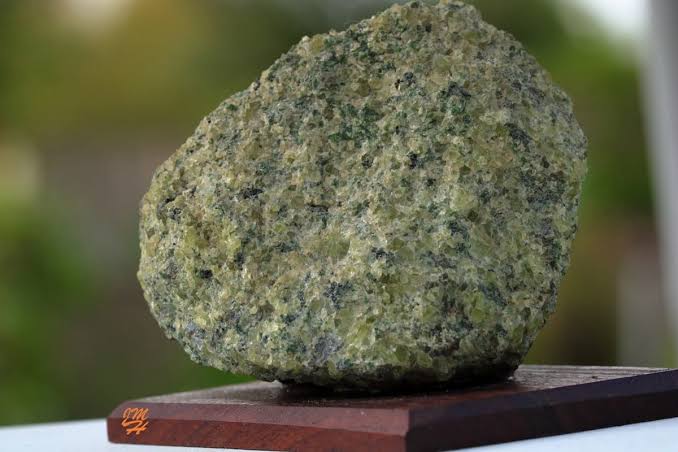
Komatiite (aphanitic, ultramafic)
Identify the igneous rock, its texture, and composition
